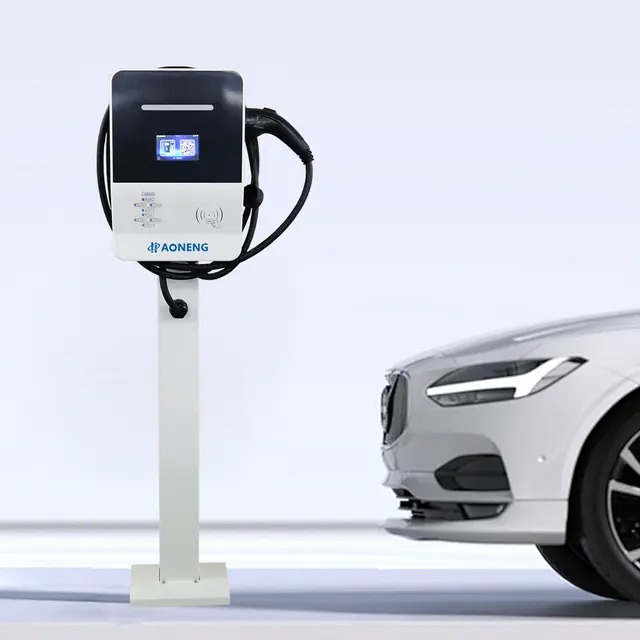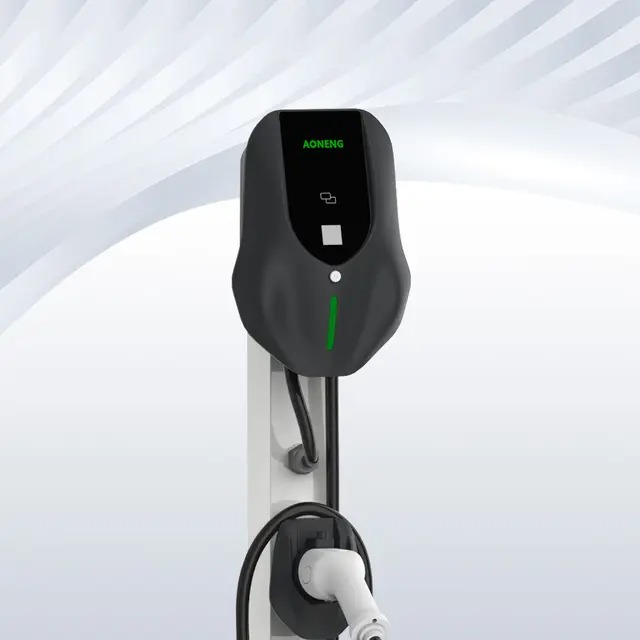In an era where electric vehicles (EVs) are becoming the new norm, the efficiency and durability of car batteries are paramount. Among the hot topics in the EV ecosystem is fast charging—a convenience that promises to recharge batteries within minutes. However, this convenience comes with concerns: Does fast charging shorten battery life? How does it differ from conventional charging methods? In this article, we will delve deep into the impact of fast charging on battery health and explore the technical and operational differences between fast and conventional charging approaches.
Understanding the Basics – What Is Fast Charging?
Fast charging refers to the process of delivering higher electrical current to a car battery over a shorter period, significantly reducing charging time. Typically, fast chargers operate at 50 kW to 350 kW, depending on the charger type and battery capacity. This is in stark contrast to conventional Level 1 or Level 2 charging, which generally supplies power between 1.4 kW and 22 kW.
The goal of fast charging is simple: to reduce downtime and promote convenience, especially for long-distance travelers or fleet vehicles with minimal idle time. Yet, the underlying electrical mechanisms are more complex. High-powered DC fast chargers bypass the vehicle's onboard converter and deliver direct current straight to the battery pack, speeding up the energy transfer process.
This direct power delivery heats the battery more quickly, raising concerns about long-term thermal degradation, chemical instability, and accelerated aging of lithium-ion cells. Thus, while fast charging serves immediate needs, its effect on battery longevity must not be overlooked.
Conventional Charging – A Gentle Approach to Battery Care
Conventional charging, particularly Level 1 and Level 2 AC charging, has been the default method since the early days of electric mobility. These chargers deliver energy at a slower, controlled pace, often taking several hours to fully recharge a vehicle. Level 1 typically uses a household outlet and can take up to 24 hours, while Level 2 chargers, usually installed at homes or public stations, can recharge a battery in 4–10 hours, depending on capacity.
This slower charging method allows the battery cells more time to stabilize thermally and chemically during the charging cycle. Heat buildup is minimal, and the overall stress on the internal components is significantly reduced. Over time, this leads to a more consistent State of Health (SOH) for the battery, prolonging its usable life.
Moreover, conventional charging is generally more energy-efficient. With less power loss during the energy conversion process, it reduces wear on the electrical system and maintains consistent battery cell balance. For EV owners prioritizing long-term performance over speed, conventional charging offers a dependable, battery-friendly solution.

Technical Comparison Table – Fast Charging vs. Conventional Charging
| Feature | Fast Charging (DC) | Conventional Charging (AC) |
| Power Output | 50–350 kW | 1.4–22 kW |
| Charging Time | 15–45 minutes | 4–24 hours |
| Battery Heat Generation | High | Low to moderate |
| Impact on Battery Longevity | Accelerated wear | Slower degradation |
| Charging Convenience | High (ideal for emergencies) | Moderate (ideal for overnight) |
| Infrastructure Cost | Expensive to install/maintain | Affordable and accessible |
| Best Use Case | Long-distance travel, fleet use | Home charging, daily commute |
This comparison makes it clear that while fast charging excels in convenience, conventional charging is generally superior for preserving battery health over the long term.
Fast Charging’s Impact on Battery Chemistry and Longevity
The internal chemistry of modern EV batteries—mostly lithium-ion—is sensitive to temperature and current. Fast charging introduces high amounts of current in a short period, causing rapid ion movement between the cathode and anode. This generates significant heat, which, if not managed properly, can lead to:
Lithium Plating – At high charge rates, metallic lithium can accumulate on the anode surface, reducing capacity and increasing the risk of short circuits.
Electrolyte Breakdown – Elevated temperatures can degrade the battery’s electrolyte, causing internal resistance to increase and efficiency to drop.
Structural Stress – Fast temperature fluctuations and expansion/contraction of cell materials can cause mechanical strain, leading to micro-cracks or delamination.
Over time, these factors contribute to capacity fade—a reduction in the battery’s ability to hold charge—and increase internal resistance, which reduces performance. On average, batteries subjected to routine fast charging may exhibit a 20–30% faster degradation rate compared to those primarily charged using Level 1 or Level 2 methods.
To combat this, modern Battery Management Systems (BMS) include thermal control, current modulation, and voltage balancing to optimize each charging session. However, these technologies can only mitigate—not eliminate—the stress imposed by ultra-fast charging.
Real-World Use Cases and Battery Health Strategies
In practice, battery degradation from fast charging varies significantly depending on usage patterns, climate, and charging behavior. For instance, EVs frequently charged in hot climates or driven long distances are more prone to degradation. Meanwhile, cars that rely mostly on slow overnight charging show significantly better health metrics after several years.
Battery health preservation strategies include:
Avoiding fast charging above 80% SOC (State of Charge) – The final 20% requires more precise current control, making it more stressful.
Keeping the battery between 20–80% SOC – Extremes in charge levels can reduce battery efficiency.
Charging in cooler environments – Heat amplifies battery wear; therefore, garages or shaded areas are preferred.
Utilizing smart charging schedules – Many EVs offer apps or systems to delay charging until grid demand is low or temperature conditions are optimal.
Vehicle owners who follow these best practices can extend battery life by several years, even if they occasionally rely on fast charging for convenience.

Frequently Asked Questions (FAQs)
Does fast charging void my battery warranty?
No, most manufacturers allow for occasional fast charging without voiding the warranty. However, warranty terms often exclude excessive degradation caused by improper charging habits or sustained high temperatures.
How often is it safe to fast charge?
It’s recommended to fast charge only when necessary—such as during long road trips or emergencies. Regularly using fast chargers as a primary source of charging can shorten battery lifespan significantly.
Can battery degradation be reversed?
Battery degradation is a permanent chemical process. While performance optimizations via software or recalibration can help in the short term, lost capacity cannot be restored once the cell chemistry is compromised.
Is it better to charge daily or only when needed?
Frequent partial charges are better than infrequent full discharges. Keeping the battery within a healthy SOC window (20–80%) daily reduces wear and helps maintain a stable long-term charge capacity.
Future Developments in Charging Technology
As electric vehicles continue to evolve, so do battery and charging technologies. Innovations such as solid-state batteries, graphene-based supercapacitors, and smart adaptive charging algorithms are poised to revolutionize the industry. These advances promise to:
Reduce heat generation during fast charging
Increase thermal and chemical stability
Enable ultra-fast charging with minimal degradation
Additionally, vehicle-to-grid (V2G) and bi-directional charging are being tested to manage charging loads more intelligently, potentially using the car as a mobile energy storage device.
Battery manufacturers are also focusing on new electrode materials that can withstand rapid ion transfer without breaking down structurally. Combined with artificial intelligence in BMS, future EVs may be able to self-regulate charging patterns based on driving history, climate, and usage forecasts—extending battery life far beyond today’s standards.
Conclusion
Fast charging is a breakthrough in EV usability, offering drivers the freedom and flexibility they need in our fast-paced world. However, its benefits must be weighed against its long-term impact on battery life and longevity. The difference between fast charging and conventional methods lies not just in speed, but in how they affect battery health at a chemical and structural level.
While conventional charging is slower, it’s gentler on your vehicle’s battery. Fast charging should be viewed as a powerful tool—ideal in moderation, but not for daily reliance. By understanding the mechanics, following best practices, and staying informed about new technologies, EV owners can enjoy the best of both worlds: convenience and durability.
In the end, the smartest charging choice is not the fastest—it’s the one that matches your vehicle’s needs, your driving habits, and your commitment to long-term performance.


















